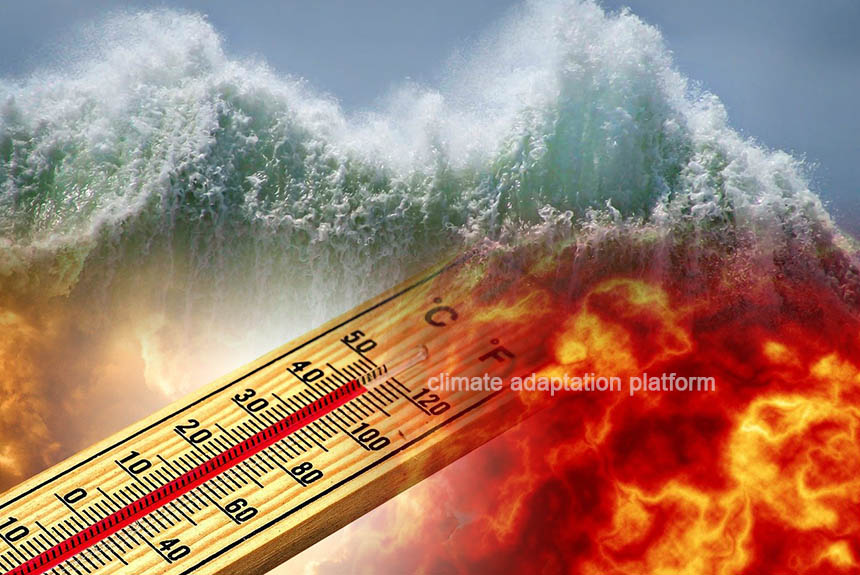Heatwaves and sea level rise happening at the same time as a result of climate change are a threat to coastal communities.
Heatwaves and extreme sea levels as individual events can cause significant loss and damage to communities. This year’s severe heatwaves that swept across Asia have caused many deaths and significant economic impacts through school closures, droughts, damaged produce and reduced agriculture yields.
On the other hand, extreme sea levels can lead to coastal flooding that could result in drowning and the destruction of properties and infrastructure. Imagine if these two events happen simultaneously; they could lead to even more significant and more widespread impacts than the sum losses of each event.
A study, “The risk of concurrent heatwaves and extreme sea levels along the global coastline is increasing”, published in Communications Earth & Environment on 11 April 2024, finds that around 88% of coastlines experienced such concurrence of heatwaves and extreme sea levels (CHWESL), during 1979–2017.
The study divided the years 1979 to 2017 into two 20-year periods (1979-1998 and 1998-2017) and calculated the occurrence of CHWESL using a reanalysis of historical climate and weather data (ERA5) and climate model projections. They find that nearly 40% of the world’s coastlines have seen a significant increase in these simultaneous extreme events, particularly within the last 20 years, which saw an average of nearly four additional days of simultaneous occurrence of extreme heatwaves and extreme sea levels.
CHWESL occurs more frequently in lower-latitude or tropical regions with hotter and humid conditions, such as West Africa, Southeast Asia, East Africa, and the Pacific Islands.
The authors find that as heat waves become more intense, the likelihood of CHWESL increases, which is also true with extreme sea levels; the more intense it is, the more chances for a CHWESL. On average, a 1% increase in heatwave intensity corresponds to a 2.07% increase in the likelihood of a CHWESL, and a 1% increase in extreme sea levels increases the probability of CHWESL by 1.77%.
They also project that these simultaneous extreme events will occur five times more likely under a modelled high emissions scenario between 2025 and 2049.
An example of this simultaneous extreme event happened in August 2021: extreme sea level-induced flooding struck the Mediterranean region while local temperatures reached approximately 50°C. And like other compound events, these events could exceed the coping capacity of an affected system.
The study notes that, despite the substantial impacts, CHWESL has received far less attention than other compound events. There is a lack of a global picture of CHWESL dynamics and evolution in response to the changing climate.
The study’s projections are particularly concerning for tropical regions, which are expected to experience the most significant increase in CHWESL. These areas, often home to developing countries and low- to middle-income populations, are already vulnerable to climate change.
The lack of adaptive capacity in these regions amplifies the potential for adverse impacts from CHWESL. The importance of developing climate adaptation plans and risk mitigation strategies for these areas cannot be overstated, as they are crucial for preparing and reducing the impact of these simultaneous events.
To learn more about the concurrence of heatwaves and extreme sea levels (CHWESL), read the study by browsing the link in the “Source” section below.
Source:
Zhou, M., Wang, S. The risk of concurrent heatwaves and extreme sea levels along the global coastline is increasing. Commun Earth Environ 5, 144 (2024). https://doi.org/10.1038/s43247-024-01274-1



Leave a Reply